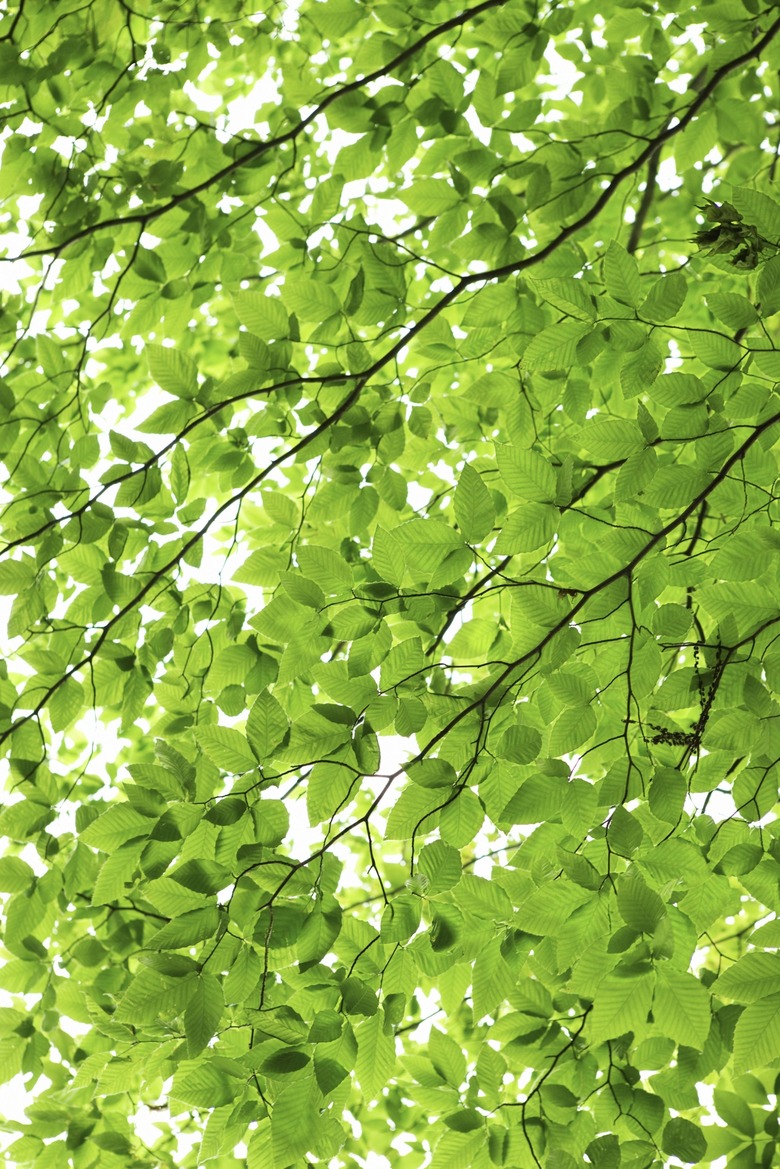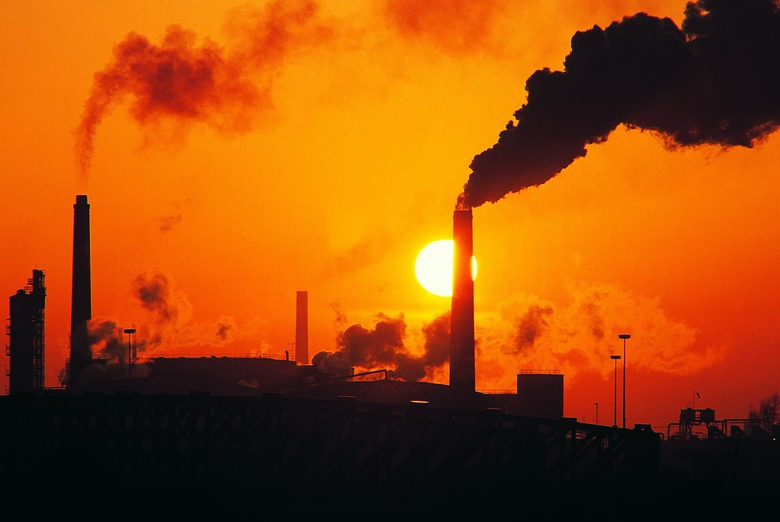The Greenhouse Effect & Photosynthesis
The greenhouse effect occurs naturally. However, human activity intensifies the process, in which Earth absorbs some energy from the sun in its atmosphere and reflects the rest back toward space. This trapped energy warms Earth's surface. The production and consumption of fossil fuels have increased greenhouse gases in the atmosphere and contributed to global warming. Conserving energy is one way to slow this warming trend, and planting trees is another.
Greenhouse Gases
Greenhouse Gases
Although the U.S. Environmental Protection Agency reports that carbon dioxide is the most abundant greenhouse gas in our atmosphere, other gases such as methane and nitrous oxide also contribute to the greenhouse effect. All greenhouse gases trap heat in the atmosphere, which warms Earth's surface. Burning fossil fuels to produce energy is the primary source of carbon dioxide emissions in the U.S. The most common fossil fuels include coal, natural gas and fuel oil. Energy production, transportation and industrial activity all contribute significantly to the emission of carbon dioxide and other greenhouse gases.
Photosynthesis
Photosynthesis
Plants convert carbon dioxide and water into sugar and oxygen through the process of photosynthesis. Plants absorb carbon dioxide from the atmosphere during photosynthesis. A small amount of carbon dioxide is released during leaf respiration (intake of oxygen), but it is quickly reabsorbed during photosynthesis. So, most carbon dioxide absorbed during photosynthesis is kept out of the atmosphere until the plant dies.
Environmental Impact
Environmental Impact
In 2011, the U.S. Forest Service conducted a study that found that Earth's forests absorb one-third of the carbon dioxide emitted from burning fossil fuels every year. Trees and other plants store carbon and significantly reduce the amount of carbon dioxide in the atmosphere. Plants in tropical regions have the greatest impact on the greenhouse effect. Because they get more sunlight than plants in temperate and sub-polar regions, they photosynthesize more.
Carbon Cycle
Carbon Cycle
When plants die, the carbon they contain is returned to the carbon cycle. Carbon dioxide is always moving from the atmosphere into the soil and oceans and back into the atmosphere. Human activities such as burning fossil fuels contribute extra carbon to this cycle. Deforestation, which results in the decay of a lot of plant matter, contributes to the greenhouse effect in two ways. The carbon contained in cut trees is released back into the carbon cycle, and the trees are no longer able to remove carbon dioxide from the atmosphere through photosynthesis.
Cite This Article
MLA
Cairoli, Sarah. "The Greenhouse Effect & Photosynthesis" sciencing.com, https://www.sciencing.com/greenhouse-effect-photosynthesis-3174/. 24 April 2017.
APA
Cairoli, Sarah. (2017, April 24). The Greenhouse Effect & Photosynthesis. sciencing.com. Retrieved from https://www.sciencing.com/greenhouse-effect-photosynthesis-3174/
Chicago
Cairoli, Sarah. The Greenhouse Effect & Photosynthesis last modified August 30, 2022. https://www.sciencing.com/greenhouse-effect-photosynthesis-3174/

